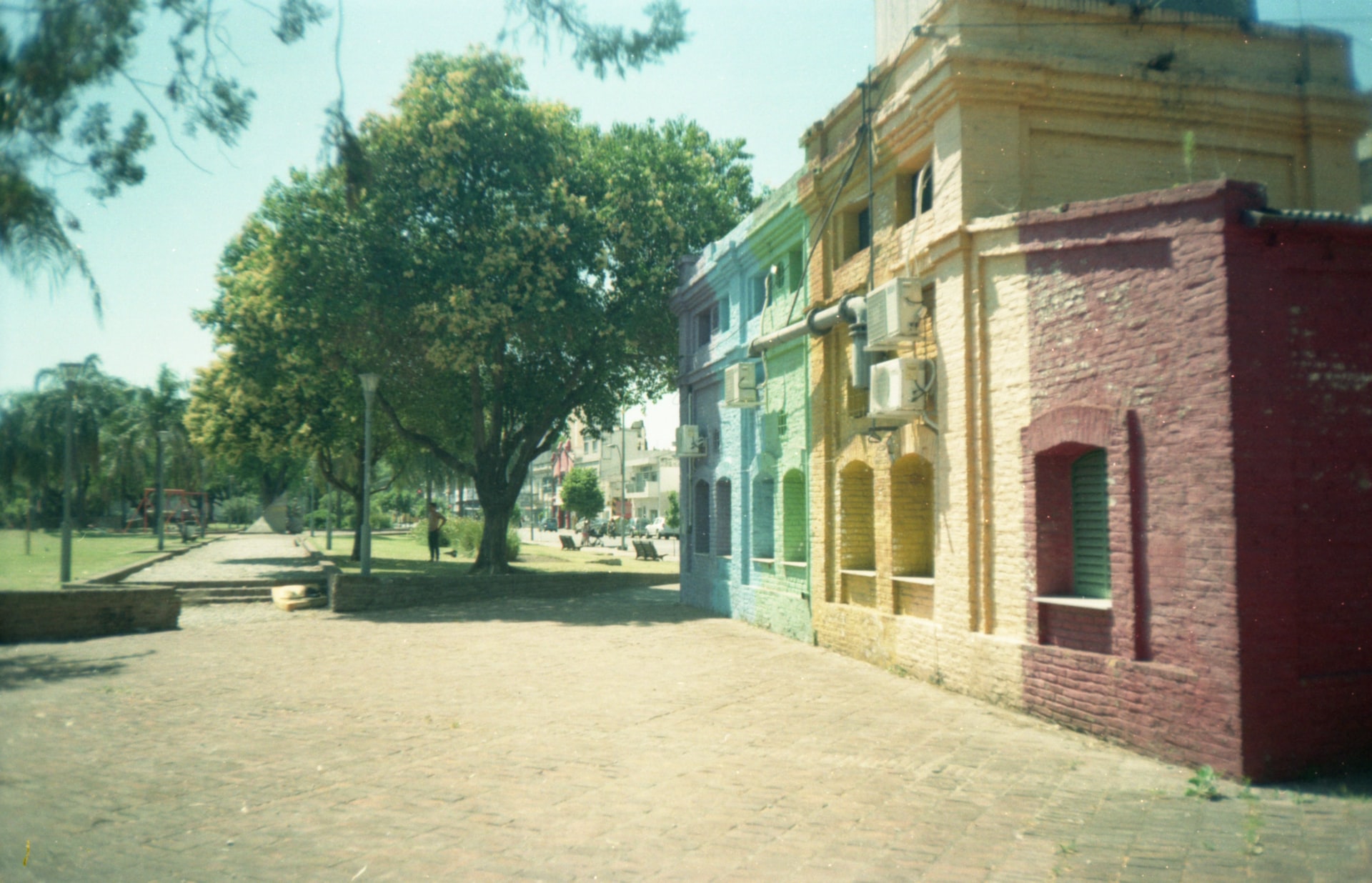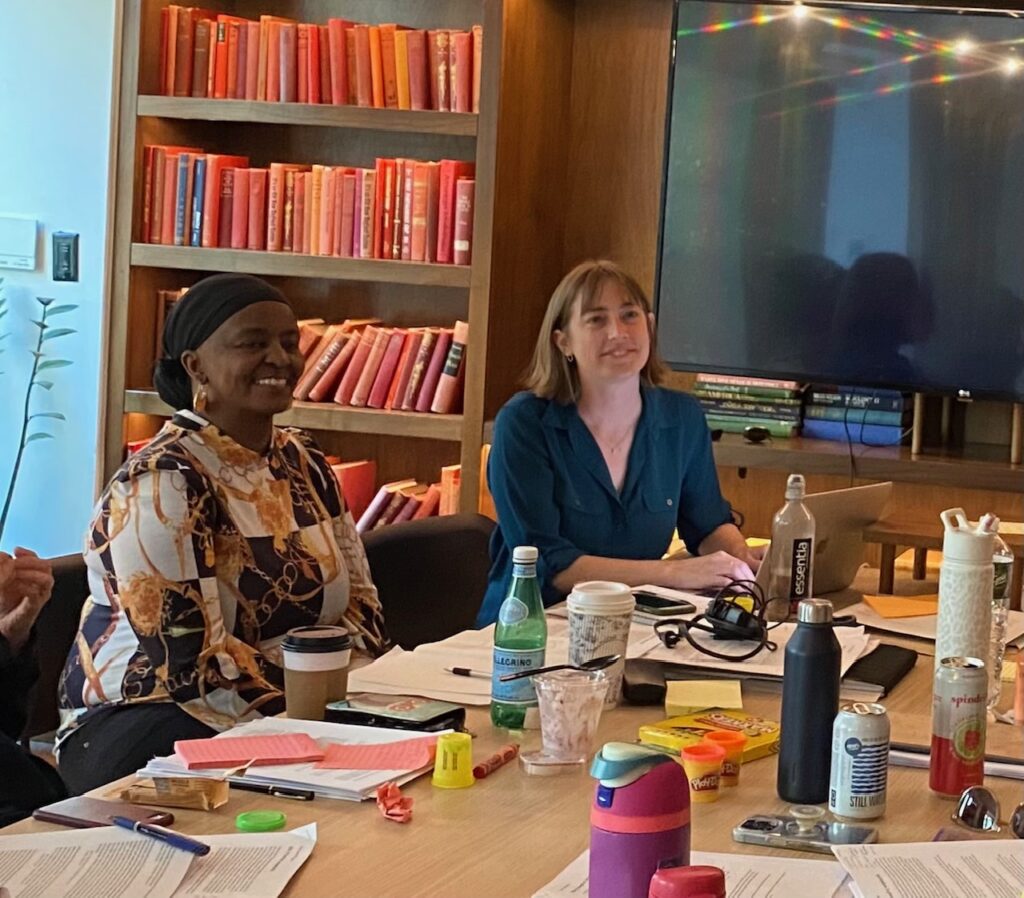Cities Can Change the Game in Our Quest to Protect the Planet

October’s inspiring series of convenings on cities reaffirmed the role of urban settlements in addressing climate change and social inequality.
“Cities are where the rubber hits the road,” declared Deputy Executive Secretary Ovais Sarmad of the United Nations Framework Convention on Climate Change (UNFCCC) at the Daring Cities 2022 conference in Bonn, as he reminded us of the UN Secretary-General’s recent lament that the 1.5° centigrade reduction in greenhouse gas emissions (GHGs), committed to in 2015 by 196 countries as part of the legally binding Paris Agreement, is now “on life support.”
Indeed, we are far from achieving our commitments of reducing GHGs by 45 percent by 2030 and achieving net zero emissions by 2050, threatening our efforts to reduce climate injustice and inequality.
Right now, Sarmad reported, “Highly vulnerable populations – half the world – are 15 times more likely to die from floods, droughts, and storms.” Those who don’t die, he might have added, may see their homes, land, or livelihoods destroyed and find themselves forced to migrate into already overcrowded cities, only to compete for housing and other scarce resources.
Since the Paris Agreement entered into force in late 2016, the international community has failed to produce the leadership needed to galvanize the treaty’s implementation. As with prior global goals, the rich world has not come through for low-income countries, national governments haven’t come through for the regions or municipalities, and those rooted in communities have not been at the table where decisions are made.
The basic needs and rights of low-income urban residents continue to go unheard, and dangerous gaps in civil infrastructure go unfilled, with decrepit infrastructure only deteriorating further with each new storm or flood. And each new extreme weather event puts more residents at risk, creates new hardships for them to overcome, and breaks their trust in those whose job is to serve them.
Instead, we need the kind of local leadership we witnessed at Daring Cities: creative, caring, innovative leaders, such as ICLEI official and Mayor Abigail Binay of Makati, Philippines, who spoke about the importance of “transparent governance,” of adopting a “strong data-driven strategy, leading to action-oriented insights,” of “incorporating a climate lens into budgeting,” and of “bottom-up thinking” that focuses on low-income populations which, as she said, “are the least equipped to handle climate crises.”
Mayor Emilio Jatòn, of Santa Fe, Argentina, put it beautifully when he said we must “deepen the democracy of proximity” by engaging whole networks of grassroots organizations in planning, formulating, and implementing essential policies that will help shape their lives, whether by providing street lighting or violence prevention services.
Utrecht Mayor Sharon Dijkson also spoke to the ability of local leaders to meet the moment. “Mayors are progressive on the climate agenda,” she said. “They are innovative, they want to learn about new things, they have the support of the people, they understand what the people need.” Mayor Djikson insists that special outreach must be made to the most vulnerable, to ensure that they, too, are able to benefit from even the most innovative government policies.
And innovations abound!
Among those shared during this October harvest of ideas:
Lincoln Institute of Land Policy analysts Luis Quintanilla and Patrick Welch spoke to the Daring Cities audience about how local governments can increase the value of public land by financing much-needed public investments in transit, air pollution controls, flood protection and drainage, green space and bicycle routes. These investments increase land values, creating a virtuous cycle and enabling deeper investments in these and other top priorities, such as affordable housing.
Google representative Anna Williams presented the tech giant’s new Environmental Insights Explorer, an accessible data tool that cities can use to map and measure climate-related vulnerability and warn those most at risk.
Some solutions are neither new nor glamorous, but they work, and they’ve been highlighted this October. Award-winning architect and designer Joan Blumenfeld spoke about mixed-use zoning and inclusive infrastructure that can enable people to both live and work in cities, at a session on “Women and Sustainable Urbanization,” organized by the Consortium on Sustainable Urbanization and hosted by UN-Habitat and the Turkish Women’s League-America in New York.
At Daring Cities, Cities Alliance Principal Advisor Julian Baskin framed the current climate emergency as “part and parcel of the existing crisis” afflicting the world’s cities, including the overwhelming need for upgraded infrastructure, land outfitted with essential services, and youth employment. Most of these improvements, Baskin insists, can be built and managed as small infrastructure projects by the urban poor themselves, as “champions of the environment” who know what they need and who are committed to “making climate justice a reality.”
And the following week in Daejeon, at the United Cities and Local Government Congress’s World Summit of Local and Regional Leaders , the concept of Caring Systems held the spotlight, as part of a series of Town Halls focused on how the public sector can regain trust, renew our social contract, and understand the essential role of culture, as UCLG describes it, “as the backbone of our societies and as our motor for change and sustainable development.”
With 70 percent of emissions occurring in cities, 70 percent of the world’s population in cities by 2050, and low-income communities by far the most precariously exposed to environmental harms, the challenges we face are undeniably grave; yet the solutions remain within our reach.
This World Cities Day, as Urban October draws to a close, it’s important to remember that “cities are the gamechangers,” as Utrecht’s Mayor Dijkson declared at Daring Cities. With renewed global commitments to be announced during November’s COP27 climate meetings in Sharm El Sheikh; with an array of impressive new technologies and green infrastructure financing strategies coming online; and with a new understanding of both the value and the benefits of inclusion, multi-level collaboration, good governance, and the cultivation of caring leadership from the bottom up, we can finally build out a functioning urban ecosystem capable of delivering for city residents, enabling them, and their children and communities, to live safe, decent, dignified lives.
With a new understanding of the value and the benefits of inclusion, multi-level collaboration, good governance, and the cultivation of caring leadership from the bottom up, we can build out an urban ecosystem capable of delivering for city residents – enabling them, their children, and their communities, to live safe, decent, dignified lives.
– Dr. Susan M. Blaustein




